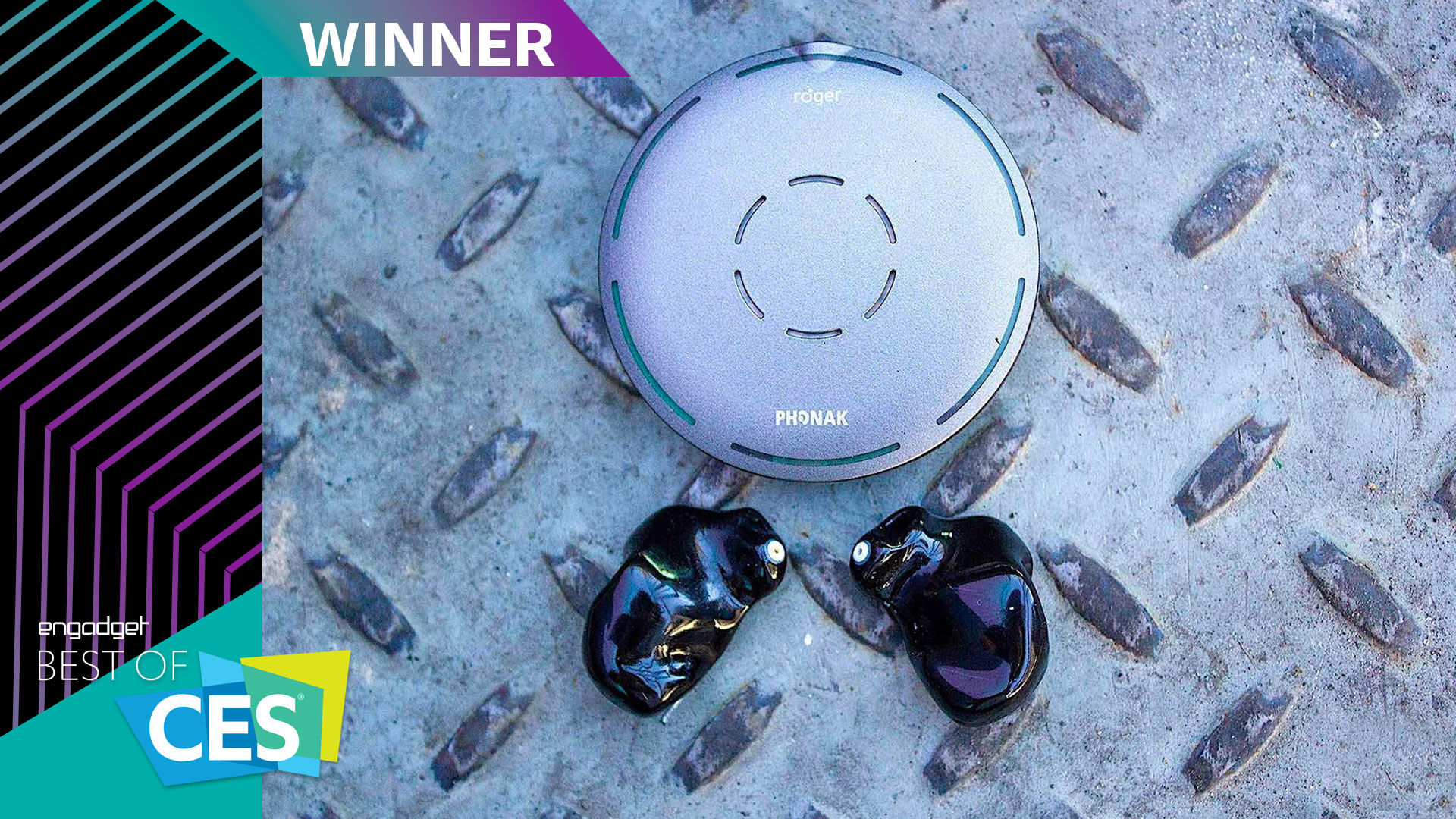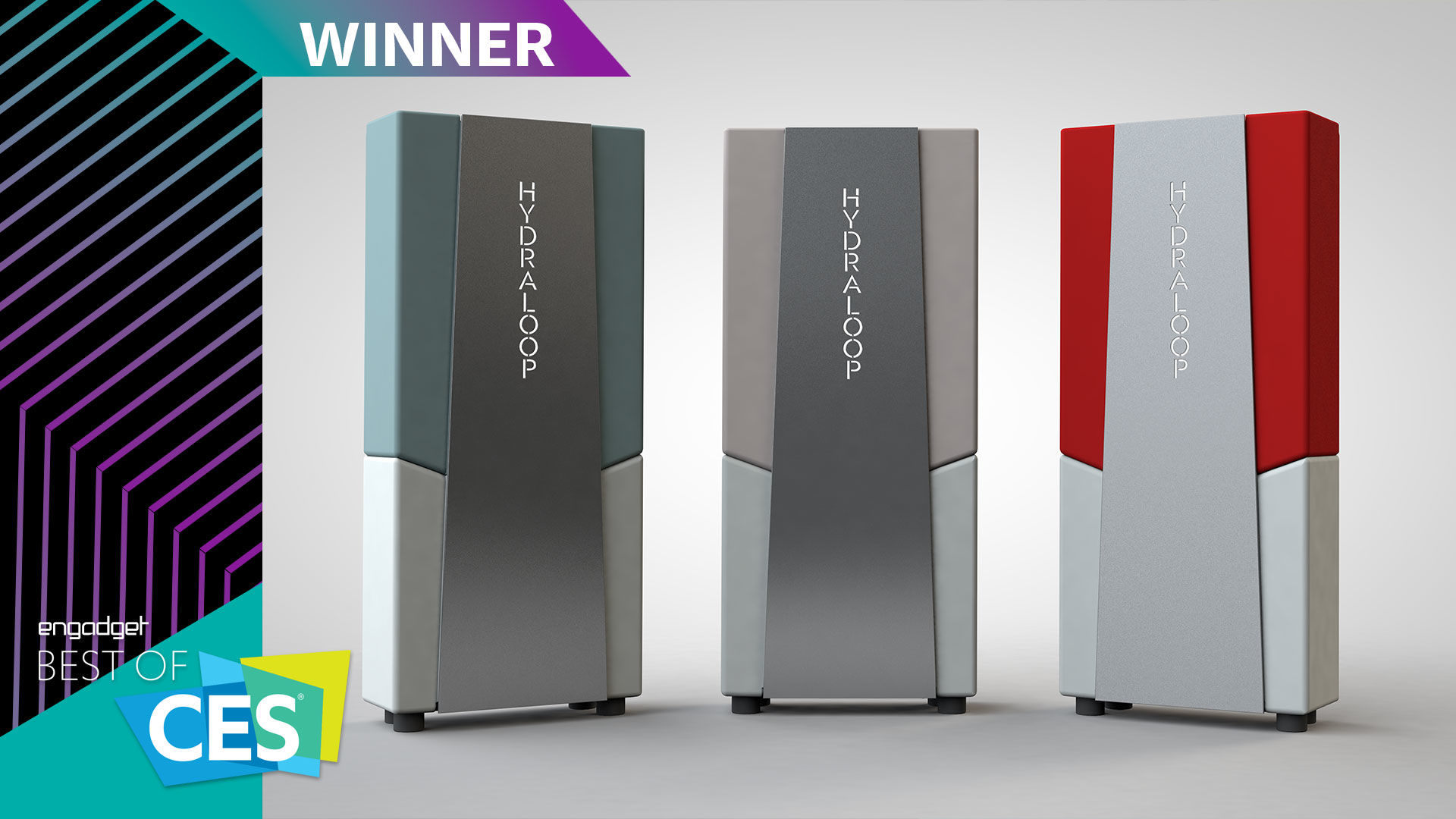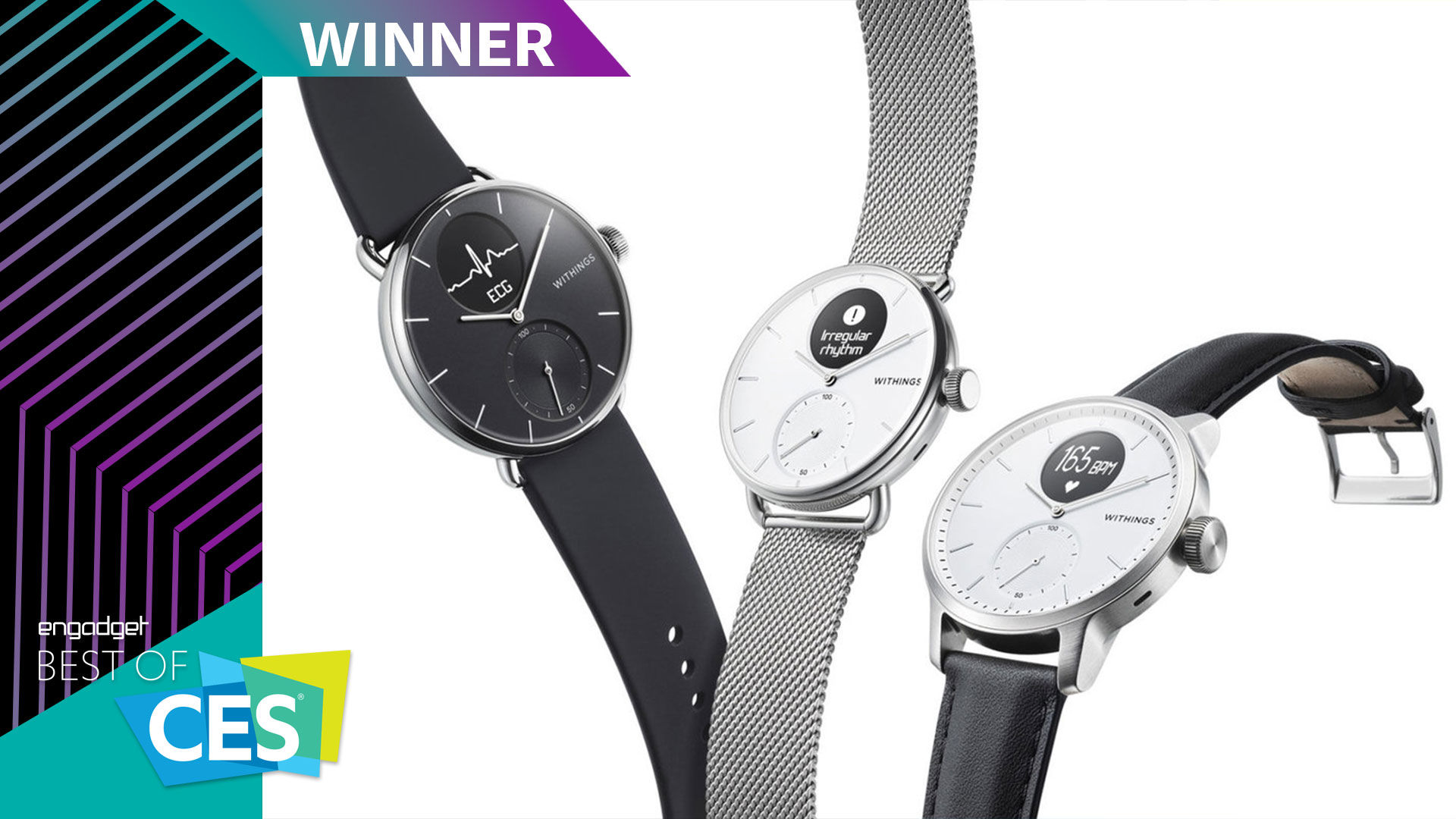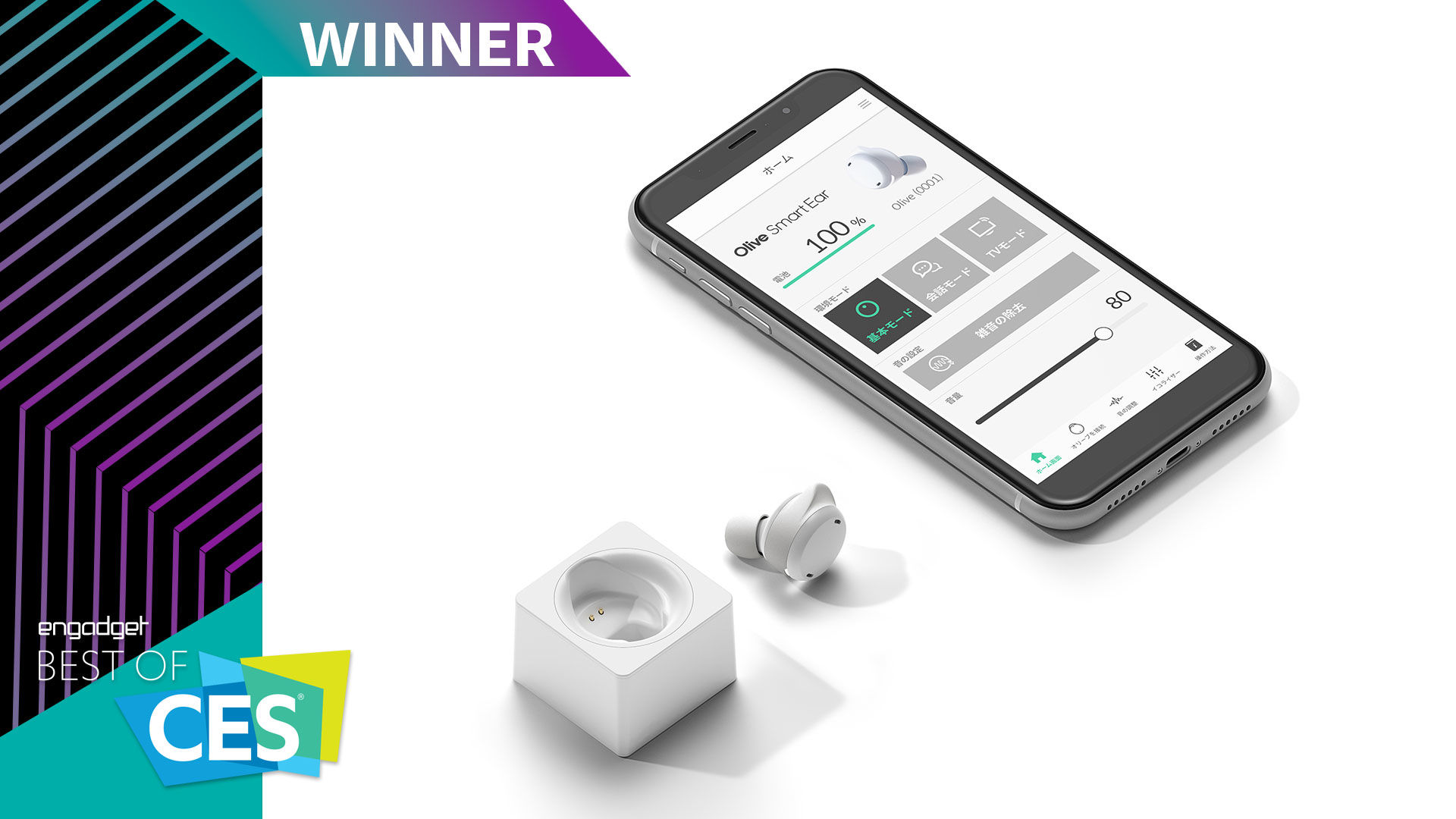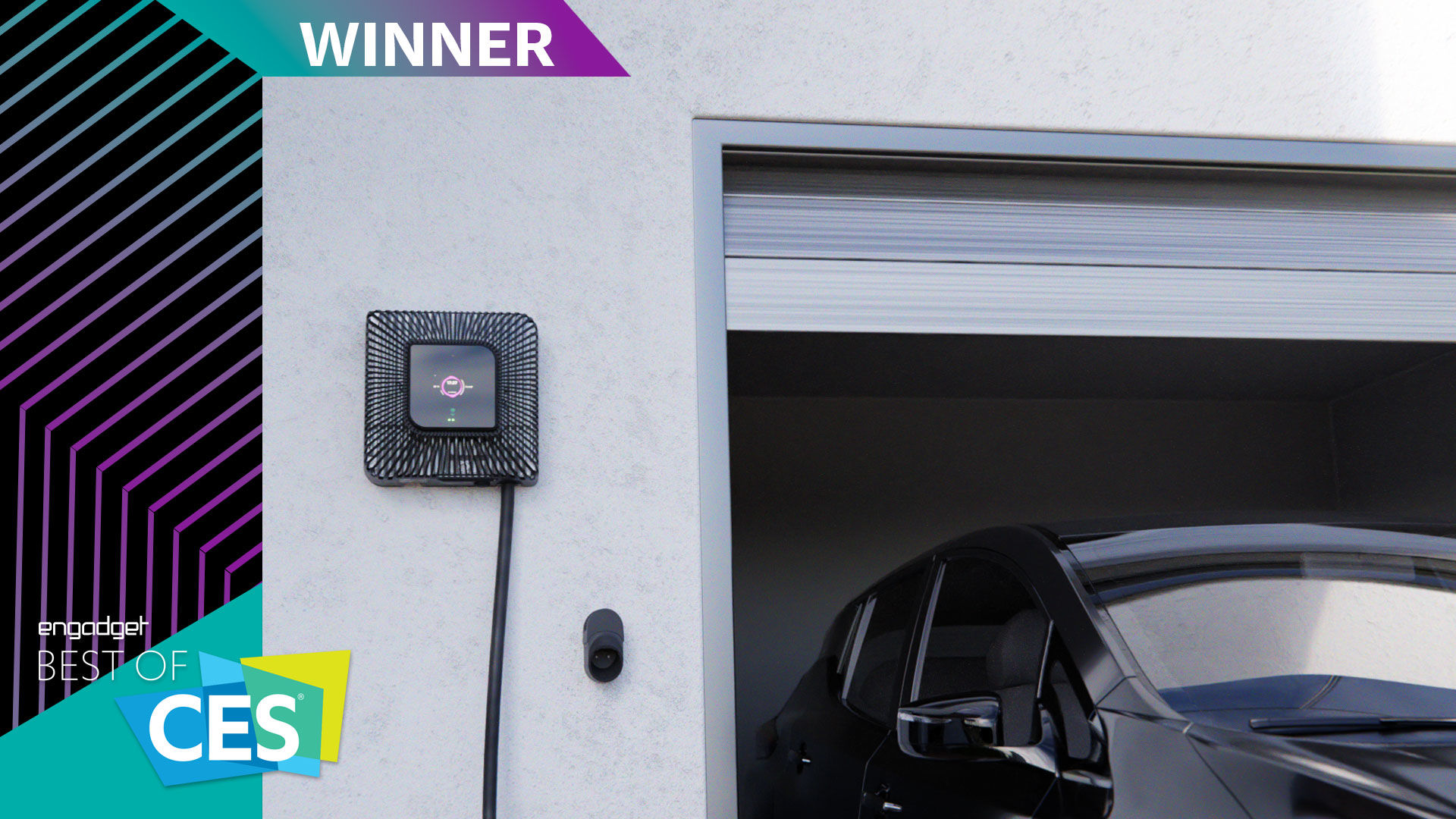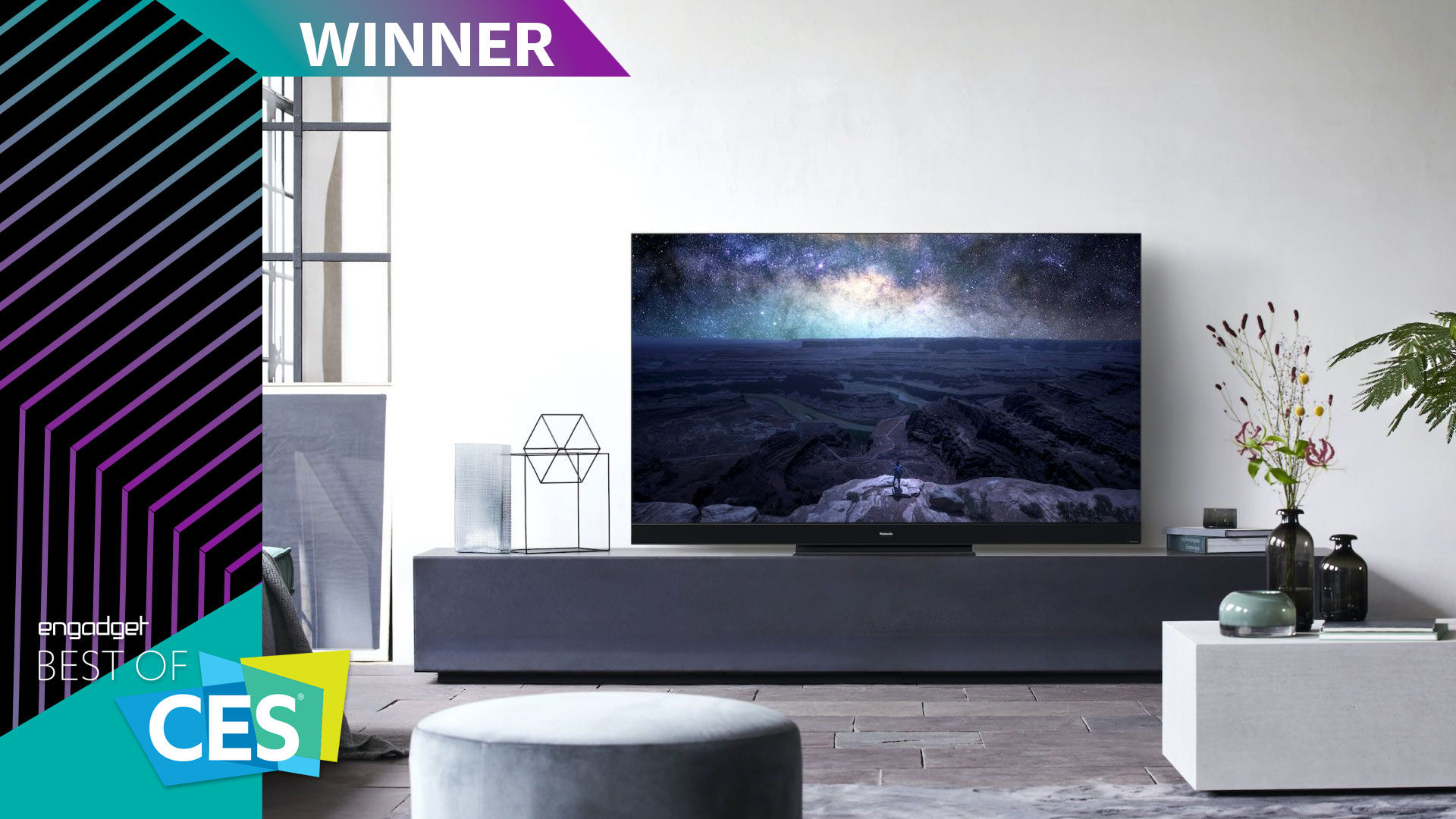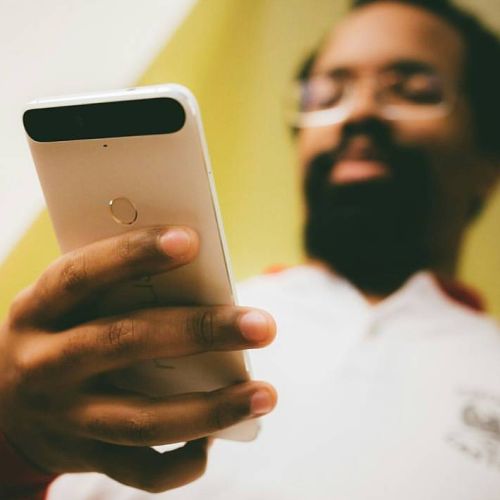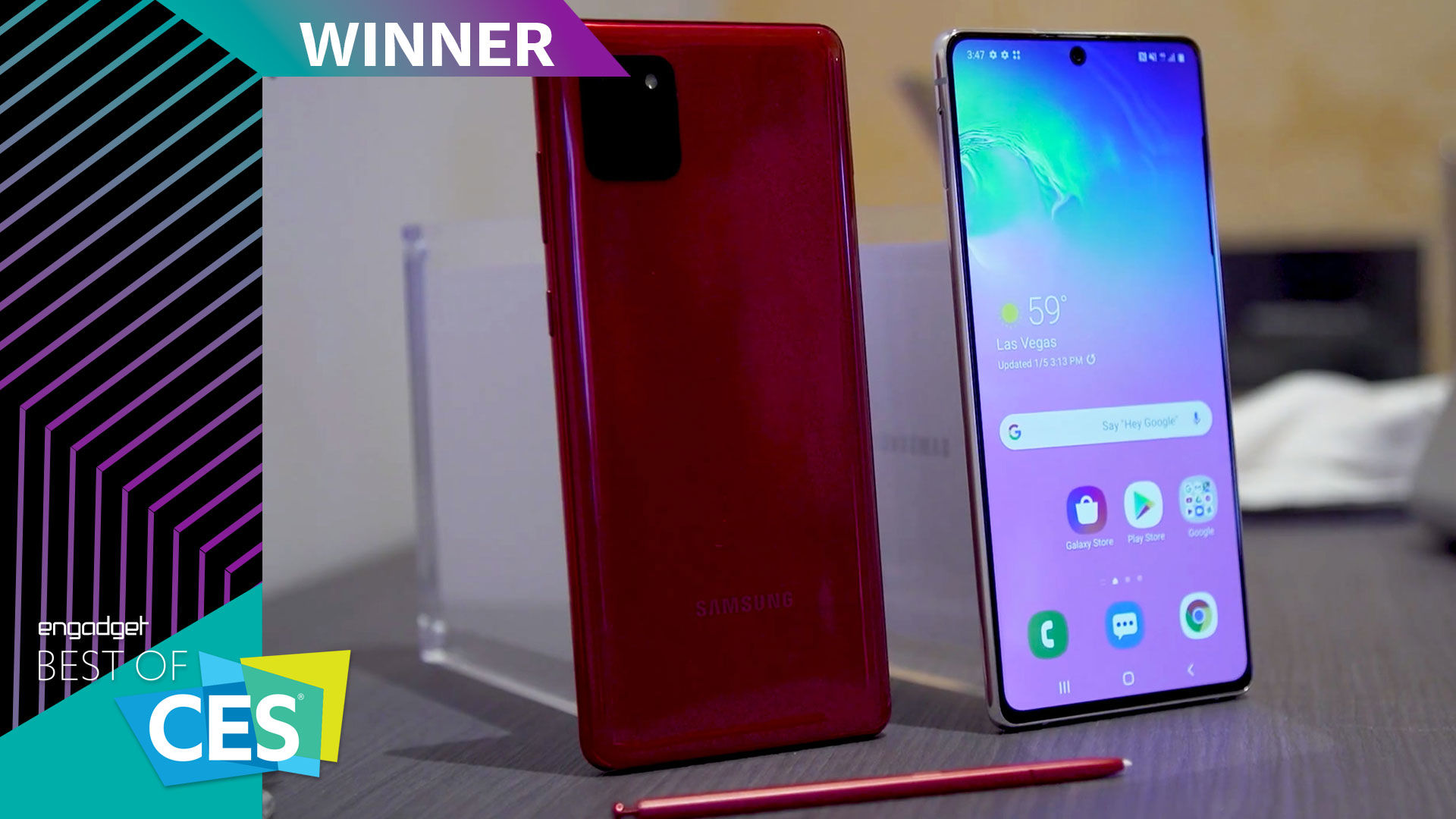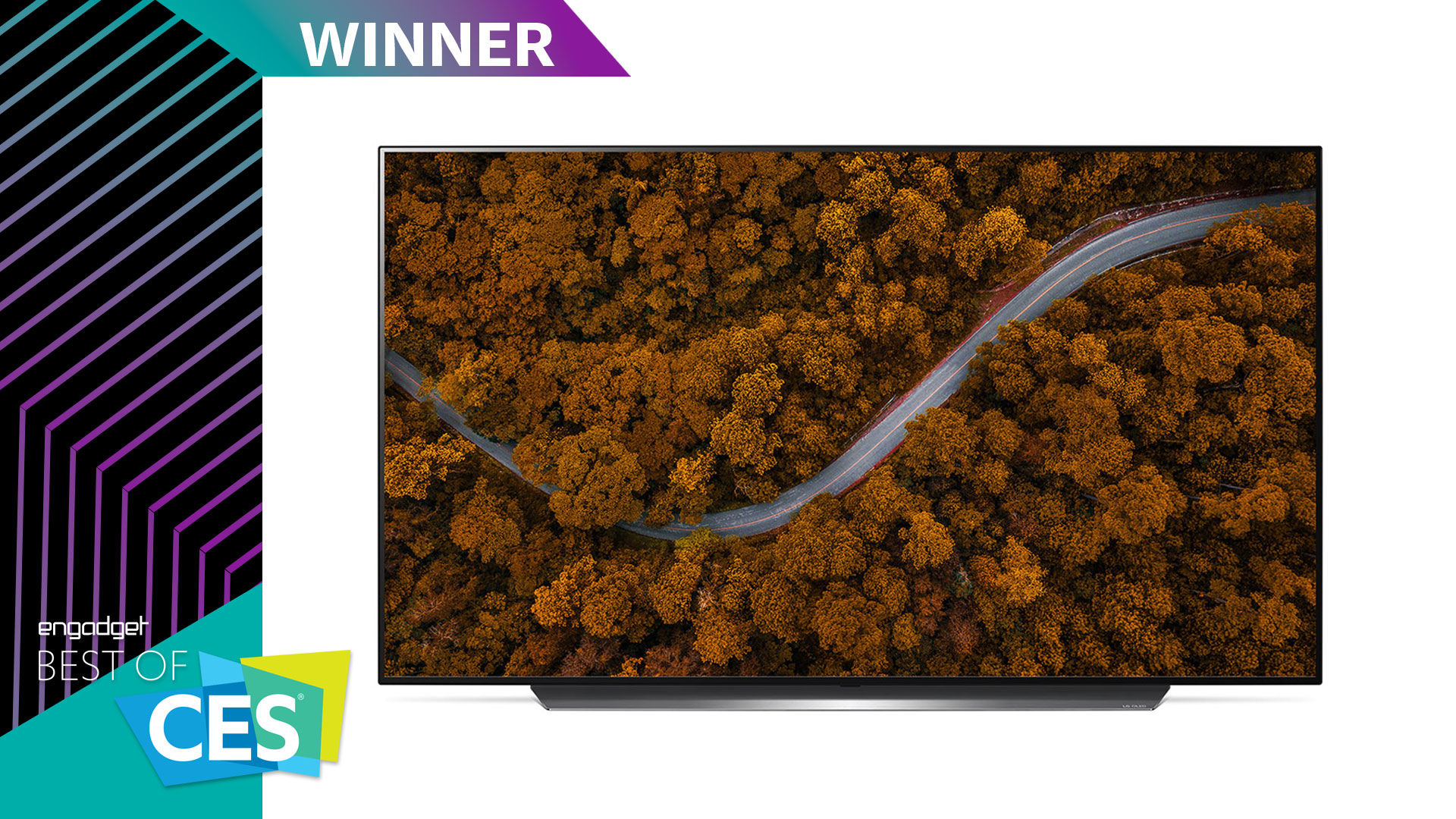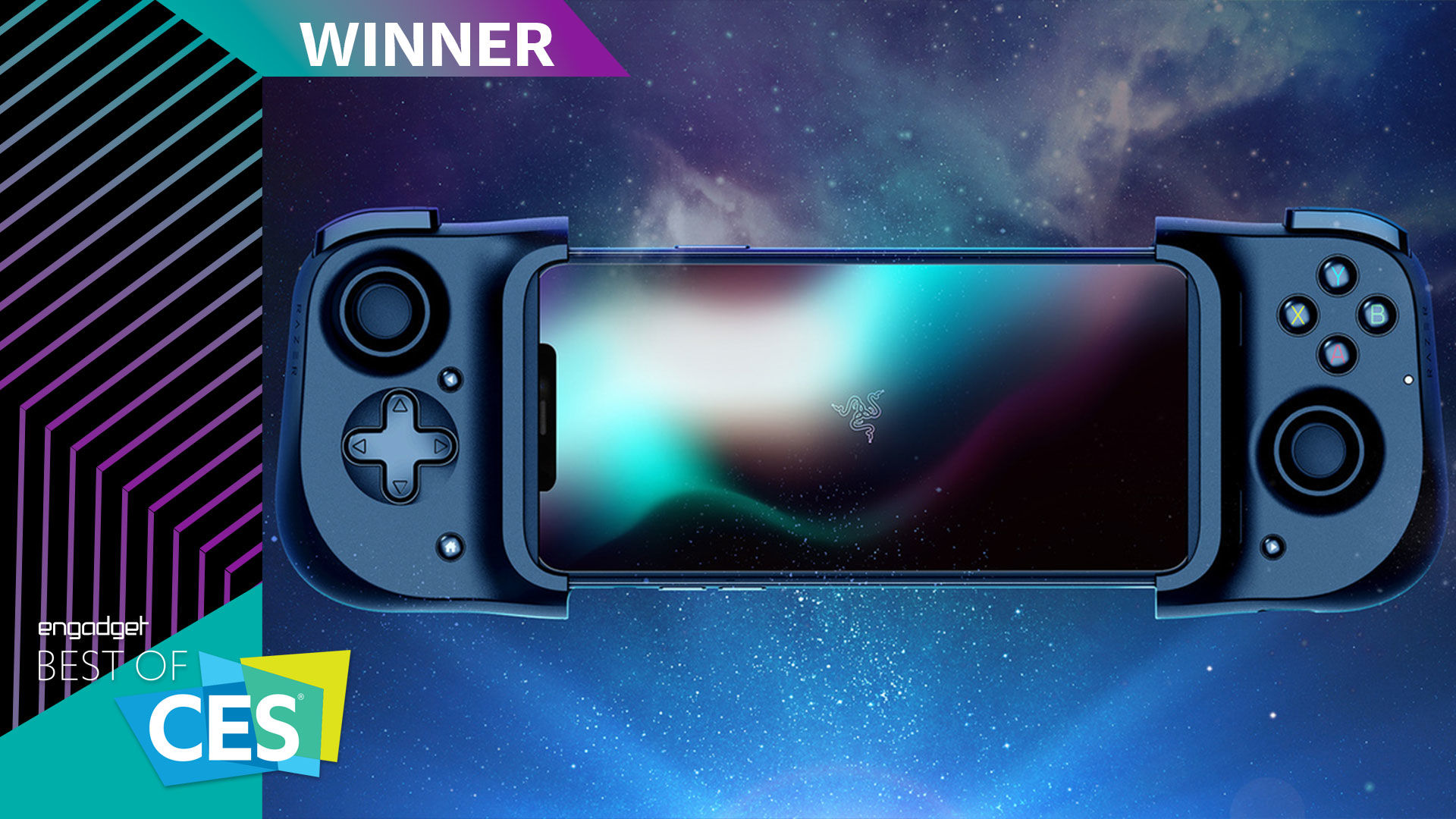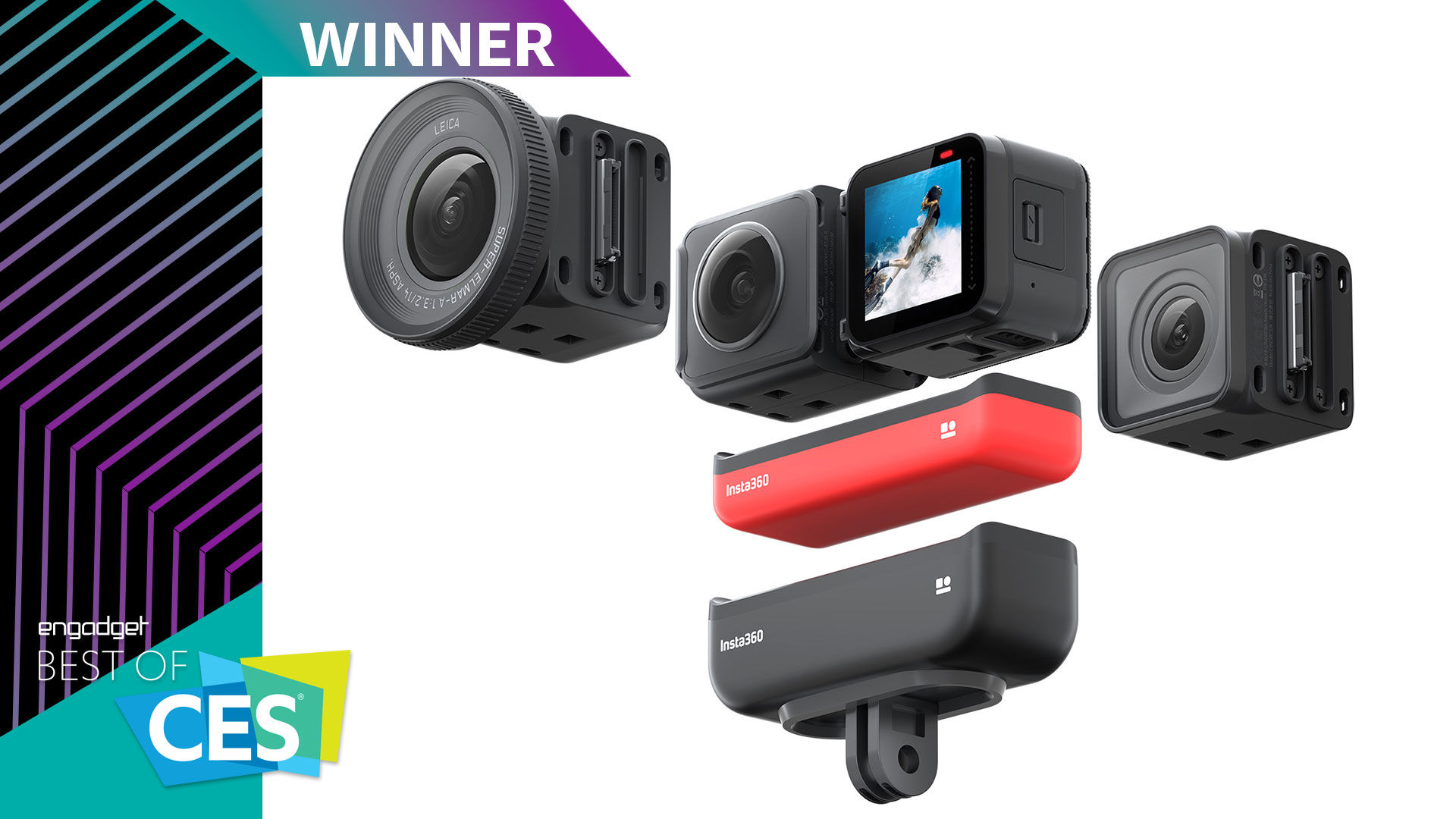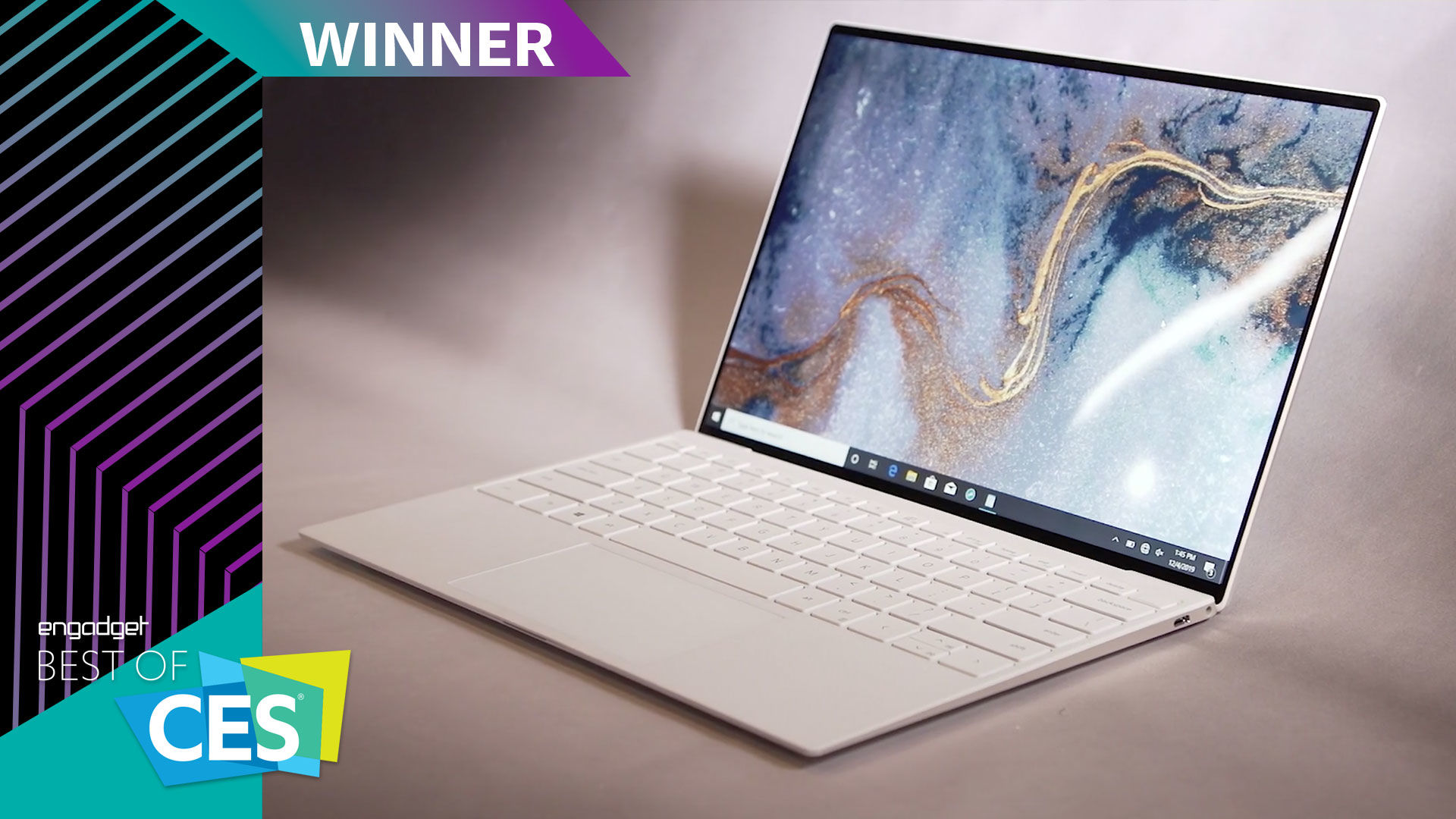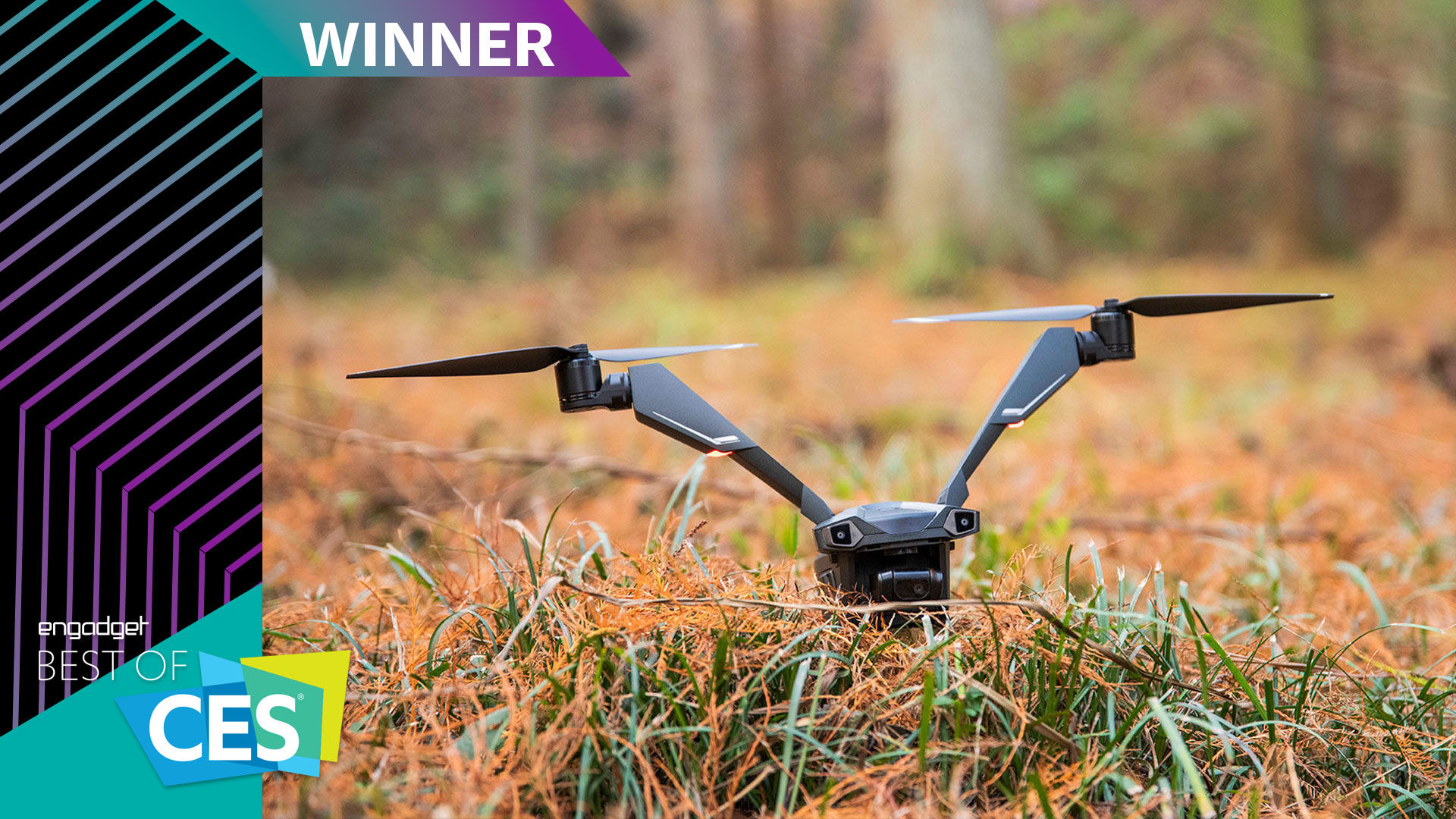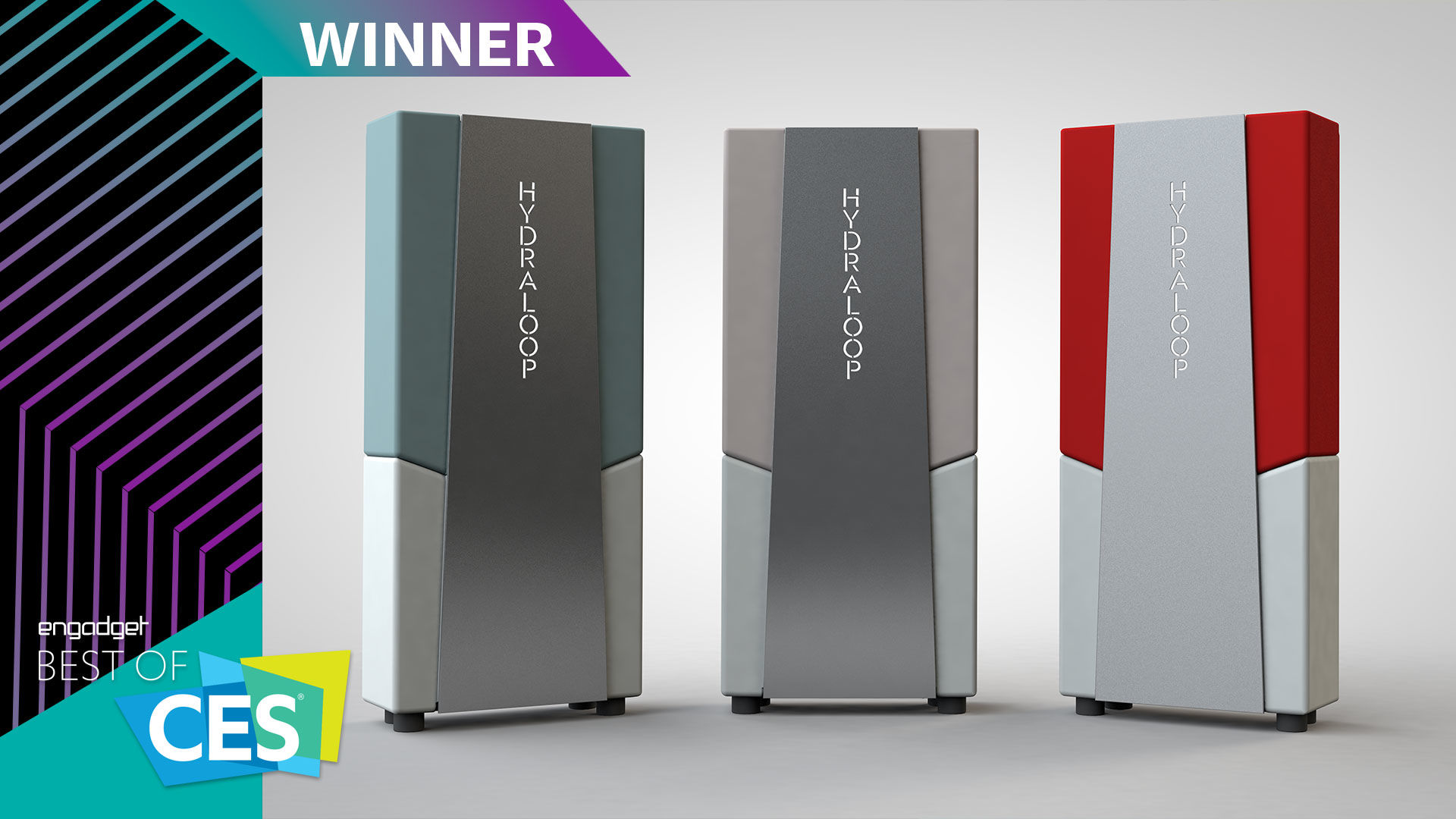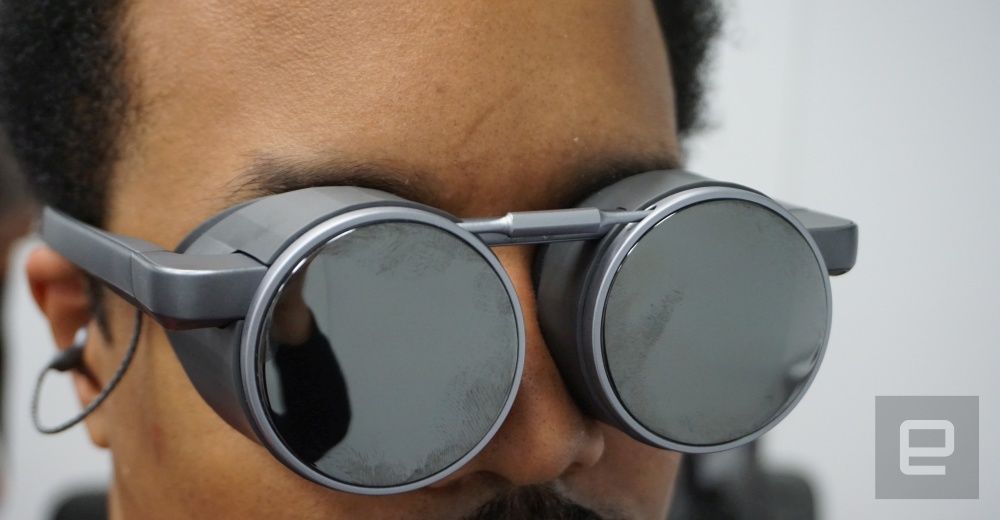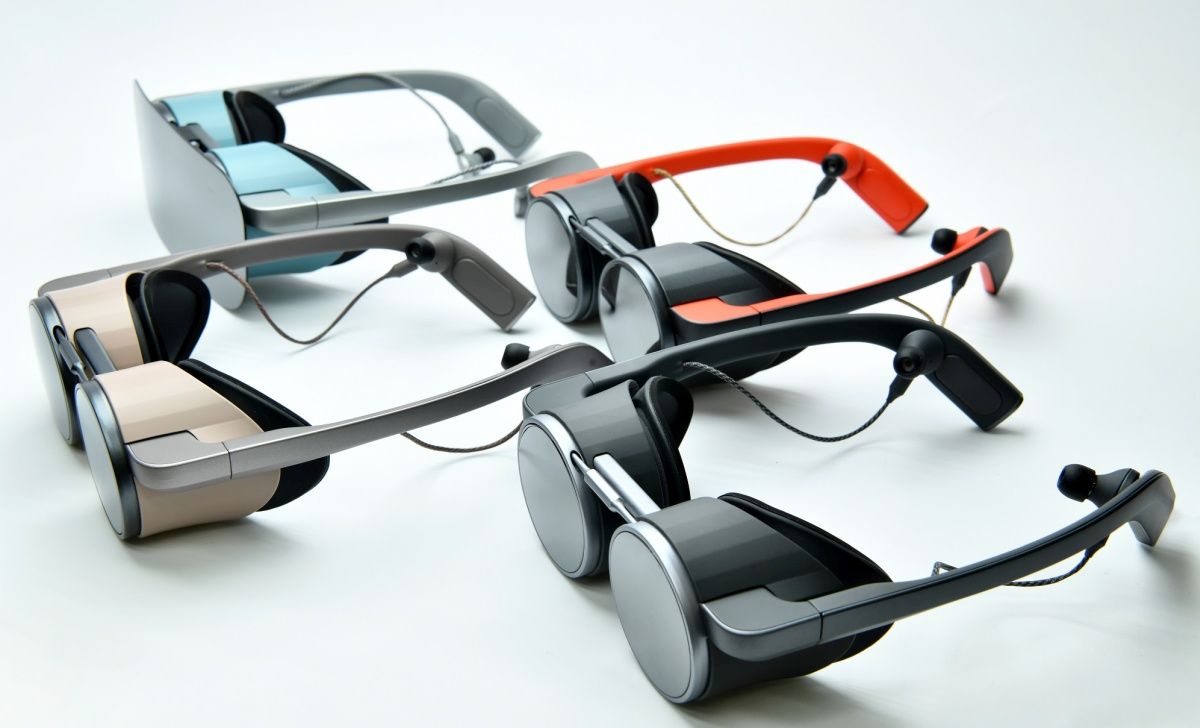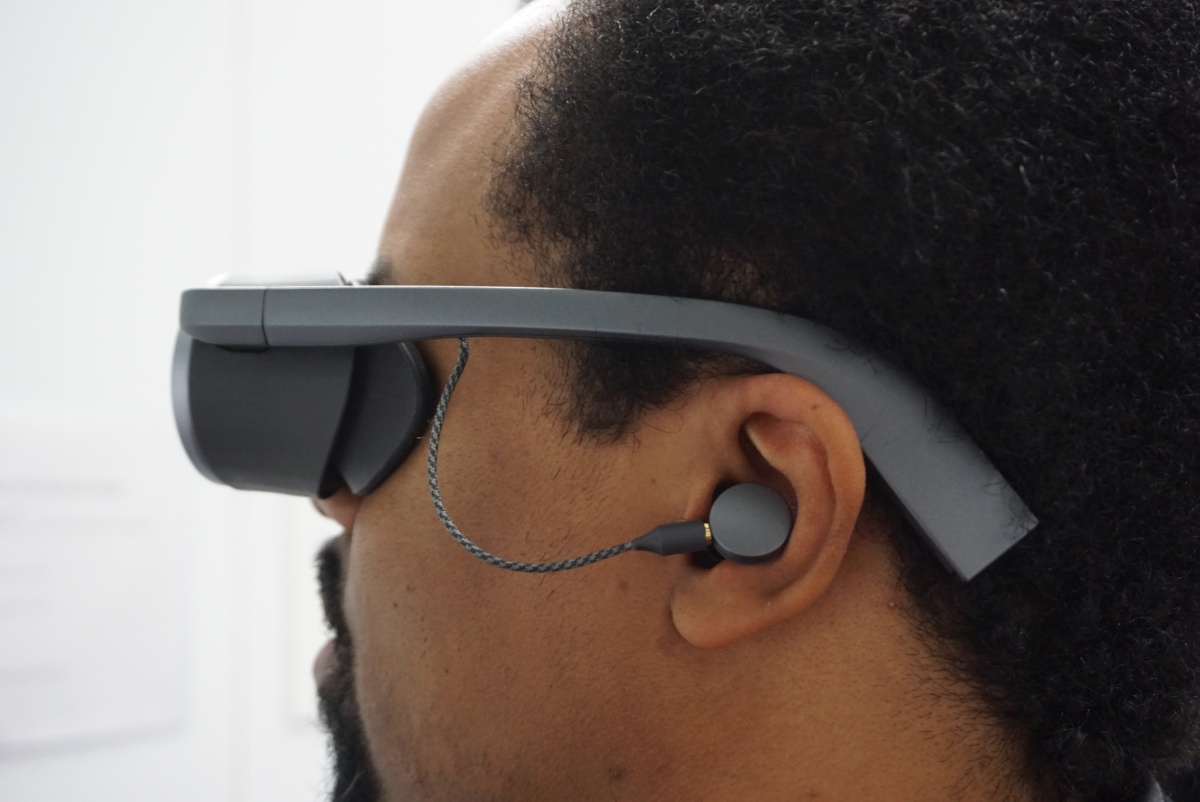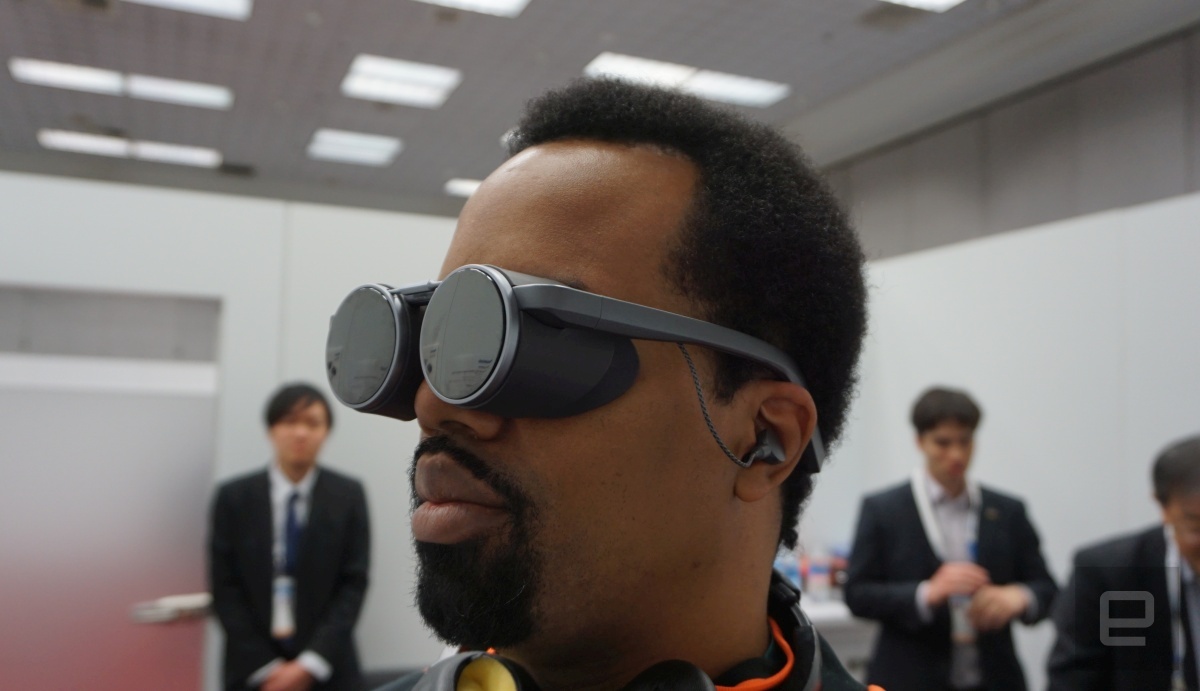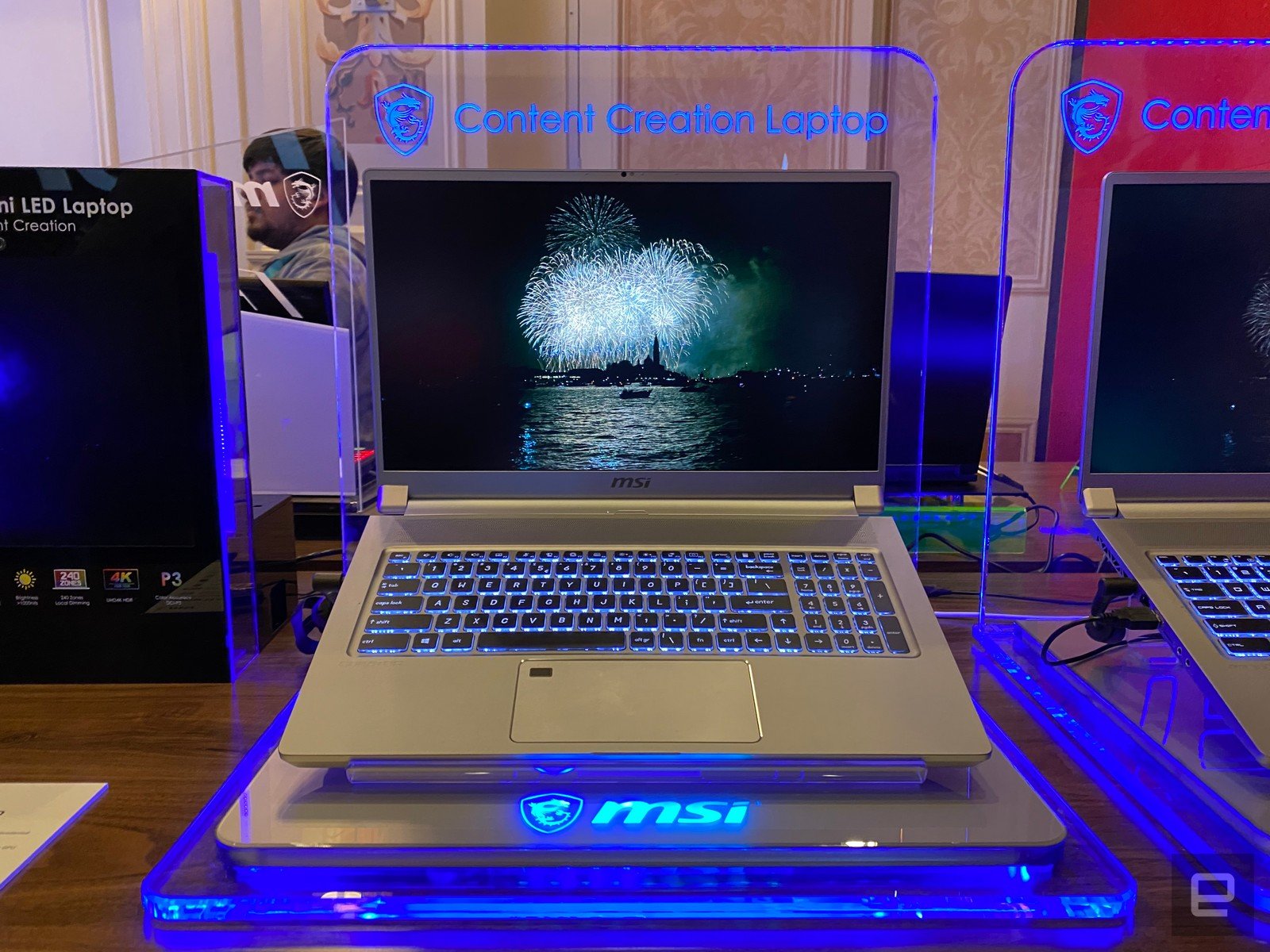Generational Change
Zuckerberg began with a section talking about how Facebook hasn’t “yet brought about the generational change in addressing important issues [he] had hoped for.” He goes on to say that many important institutions aren’t doing enough to address the issues facing young people. That includes climate change and the skyrocketing cost of education, housing and healthcare.
It’s surprising to read that Zuckerberg is disappointed at the rate of change around what could be called progressive issues. Solving these problems will require a massive structural change in society, especially in the US where such issues are entrenched. But change like this needs a political mandate that Facebook has worked, intentionally or not, to prevent. Its refusal to hold political actors to account writes a blank check for bad actors to distribute misinformation.
Zuckerberg added that he expects millennials to begin leading these unnamed institutions in the next decade. And that as they do, policies will shift to address these more structural issues with “longer term outlooks.” He added that the Chan Zuckerberg Initiative will focus on looking on “funding younger entrepreneurs, scientists and leaders to enable these changes.”
Given the CEO’s reticence to appear partisan, what does this mean in practice? Surely we won’t see Zuckerberg bank-rolling progressive politicians? After all, the representatives who are most vocal about addressing healthcare, education and climate change issues are pretty anti-Zuckerberg. Not to mention the ones most beloved by younger voters, according to a study by Harvard University.
Democratic senators Elizabeth Warren and Bernie Sanders have both criticized Zuckerberg’s wealth, his politics and Facebook’s failure to tackle political lies. The former has pledged to break up the social network, which also owns Instagram and WhatsApp. That’s something that Zuckerberg has said he will “go to the mat” to fight.
Similarly, we don’t expect Zuckerberg to become a Bernie Bro in 2020, given his disdain for Sanders’ plans for a wealth tax on super-billionaires. So, when he says that he’ll use his name-brand charity to back “younger” “leaders,” what exactly does it mean? Especially when so many of them identify wealth inequality (with Zuck as one of the poster-children for it) as a cause of these systemic failures.
A New Private Social Platform
Zuckerberg begins by talking about the power of Facebook to connect everyone in the world, from long-distance friends to Ukrainian troll farmers. Now, he writes, being “such a large community creates its own challenges and makes us crave intimacy.” Consequently, Facebook will work toward building”the smaller communities we all need in our lives.”
This is likely an oblique reference to how Facebook went from the hot young social media thing to the very opposite. Its audience now skews older, and younger users have migrated to other platforms, the Facebook-owned Instagram, Snapchat, TikTok and others. Analytics site eMarketer believes there has been a small decline in time spent on the site. It’s still king by a long distance, but the challengers to its dominance are growing and a very real risk to its power.
One big difference between Facebook and, say, Snapchat, is the focus on ephemerality, privacy, and one-on-one conversation. Yes, Facebook has cloned Snapchat into its services, and it has private messenger products, but they’re very much adjacent to its core brand. If your wider social circle includes your family members, it’s hard for you to want to share intimate secrets or spend hours talking to your friends — reducing dwell time on the site.
Decentralizing Opportunity
Section three covers ways for Facebook (Libra) to decentralize opportunity for small businesses. In the next 10 years, the company will build products that empower small businesses to access customers in the same way big companies can today. And, naturally, all of this commerce will take place on Facebook.
This is a very benevolently worded way of saying that Facebook wants a piece of Amazon’s e-commerce pie. As we outlined last November, Facebook Pay is the glue that will hold the new Facebook economy together. Businesses can buy targeted ads on Instagram, get paid on Facebook and handle customer service through Messenger or WhatsApp.
On the surface level, it makes sense that Facebook wants the easy money that comes from running an e-commerce platform. But it also helps lock people into its ecosystem and keep them in a place where Facebook can broker the deals between advertisers and customers. As magnanimous as it sounds, this is Zuckerberg at his most cynical.
The Next Computing Platform
We had desktop in the ’90s, browsers in the ’00s and smartphones in the ’10s, and Zuckerberg thinks that AR, or VR, is the platform of the next decade. AR, or VR, will also allow us a sense of “presence” that will enable us to engage with each other without technology as a barrier. And while current generations of the tech are clunky, the future is bright.
Zuckerberg then talks about how the ability to be “present” anywhere will help reduce issues around social geography. Jobs clustered in cities that are then blighted by overcrowding and gentrification, could be done remotely, spreading folks out.
I think I’ve heard this one before somewhere, like every five years or so. Audio conferencing, video conferencing, telepresence robots and the internet have all been hailed as a vehicle to enable more work from home. The future, they say, is going to feature people working, flexibly, from their own homes and on their own terms.
There are several problems with this vision, including infrastructure issues and the question of whether employers will accept it. Yahoo’s Marissa Meyer famously banned home working for employees because she said it slowed down productivity on critical projects. There are also security and cost issues that go along with allowing folks to work from home on sensitive projects.
For sure, AR is going to become more prevalent if companies can find a viable use case for it, but let’s leave the hyperbole where it belongs.
New Forms of Governance
Zuckerberg reiterates that the existence of monolithic platforms with access to so many people and their private data creates new governance questions. And that it isn’t right that private companies make “important decisions that touch on fundamental democratic values.” One way to deal with this, he says, is through regulation, especially on issues with elections, harmful content, privacy and data portability.
And then, in the next paragraph, the kicker: “Another and perhaps even better way to address this is by establishing new ways for communities to govern themselves.” This includes an independent oversight board which can hear appeals against Facebook’s content decisions. This “independent board will have the final decision in whether something is allowed.”
Naturally, Zuckerberg is happy to talk about wanting regulations for things where Facebook is comfortable operating within the law. But for everything else, it doesn’t want the intrusion that comes with third-party regulation, especially from lawmakers. After all, self-regulation often avoids serious criminal or financial penalties.
Mention of an independent oversight board should scare everyone since there’s no indication as to how it’ll function. After all, if it derives its legitimacy from Facebook’s CEO, then it’s essentially an extension of Zuckerberg’s power. If it’s Facebook executives staffing the board, then it’ll hardly be the sort of independent regulator and dissenting voice the site needs.
Fundamentally, Zuckerberg says a lot of the right things, but not in a way that carries any weight, and that’s mostly intentional. Which, in retrospect, is quite like a lot of Mark Zuckerberg’s missives over the years.

